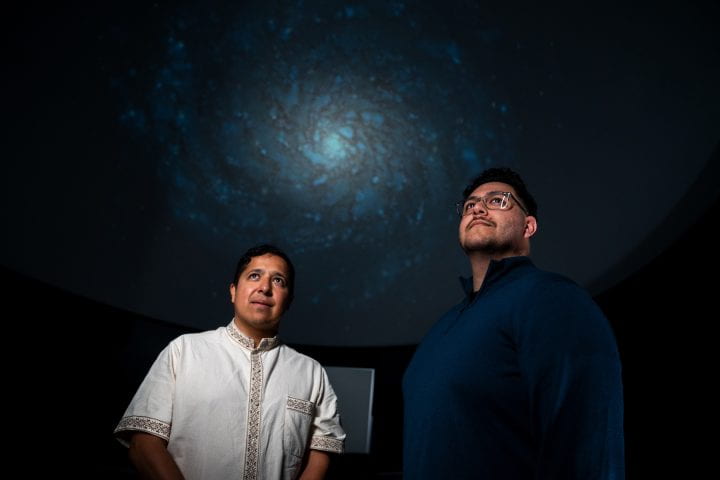ASTRONOMY
Shedding light on dark matter: Astronomers use supercomputer simulations to support its existence

Introduction:
The last century of scientific research has demonstrated that the universe is a far more complex and mysterious place than we once knew. A key piece of the puzzle is dark matter - matter that cannot be directly observed yet accounts for much of the universe's mass. The debate over dark matter's existence has raged for decades, but now astronomers at the University of California, Irvine, are using supercomputer simulations to support the theory.
The Power of Supercomputers in Astronomy:
Astronomy is one of the sciences that most benefit from supercomputer simulations. The immense distances and timescales involved in astronomical phenomena make direct observation impossible. Instead, sophisticated mathematical models and massive amounts of computational power are used to simulate these events and explore possible scenarios.
Simulating the Presence of Dark Matter:
The researchers ran simulations of galaxies with and without dark matter to explain observed physical features, such as the motions of stars and gas in galaxies. They found that dark matter best explains these features, confirming the position of the dark matter model in describing the universe.
Results of the Study:
Francisco Mercado, lead author and recent Ph.D. graduate from the UC Irvine Department of Physics & Astronomy, explained that the team put forth a powerful test to discriminate between two models used to describe the universe. The simulations confirmed the existence of a relationship between the matter we can observe and the inferred dark matter we detect that could only exist in a universe with dark matter.
In addition, the analysis found that the supercomputer simulations replicated the observed patterns much more naturally with dark matter included rather than relying on modified gravity alone. This led the co-author Jorge Moreno, associate professor of physics and astronomy at Pomona College, to say that it reaffirms the position of dark matter as the model that best describes our universe.
The Importance of the Study for Future Astronomical Research:
The researchers noted that the next step is to see whether this relationship remains consistent across a dark matter universe. They hope that this significant milestone will accelerate the study of dark matter and related fields and lead to the discovery of a fundamental theory that describes the composition of the universe.
Conclusion:
The study's findings demonstrate the power of supercomputer simulations in understanding and exploring our universe's deepest mysteries. The use of simulations has shed light on one of the longstanding debates in astrophysics, providing a deeper understanding of the cosmos's essential constituents. By pushing the boundaries of technology and mathematical models, we can unlock the secrets of the universe and answer long-standing fundamental science questions.
